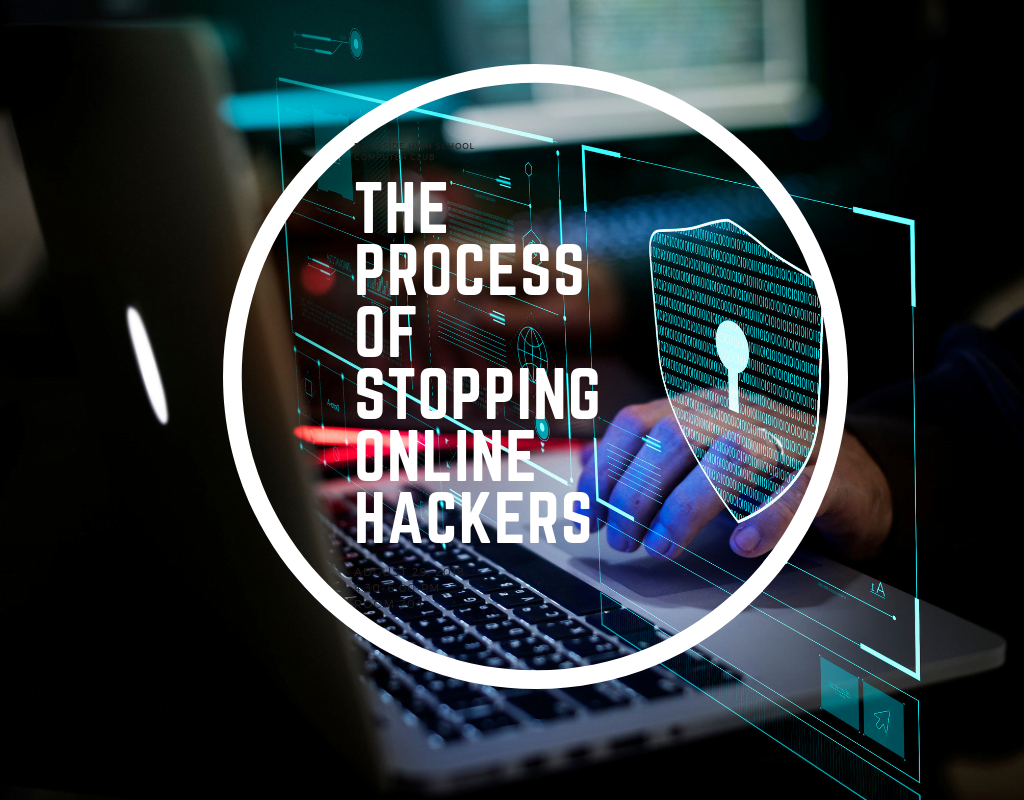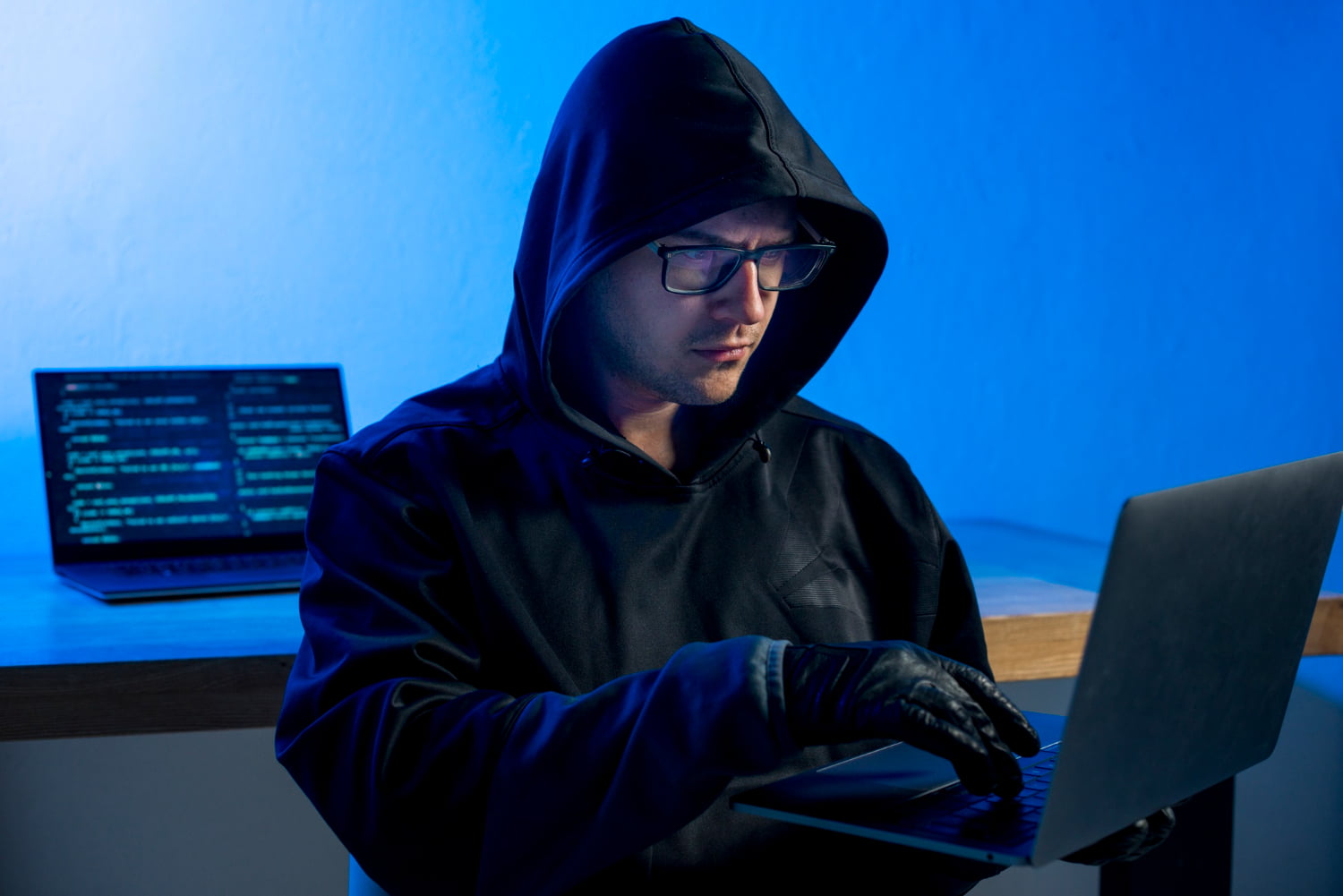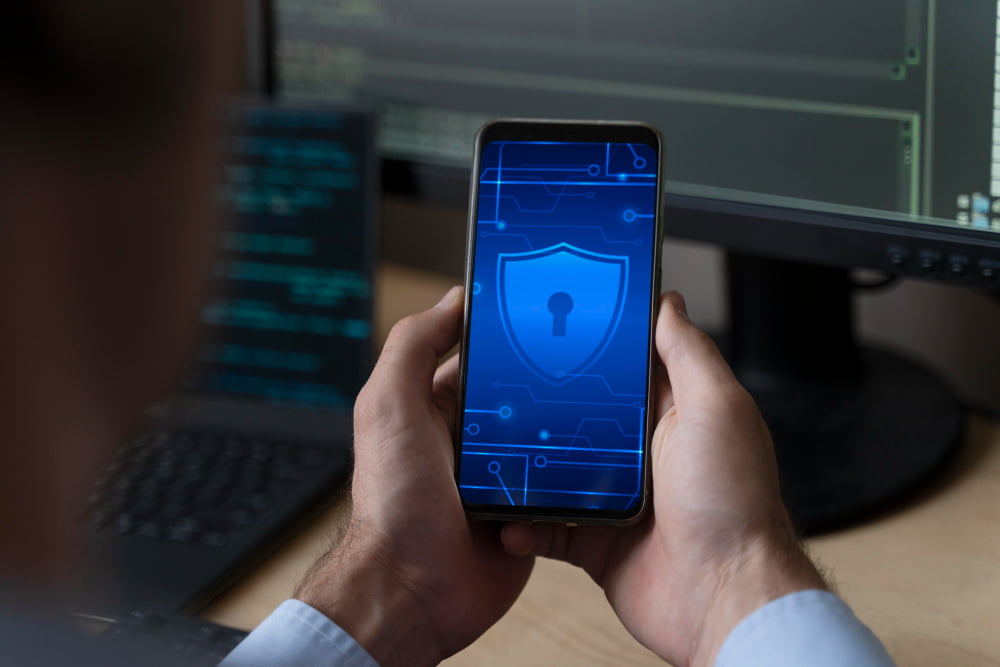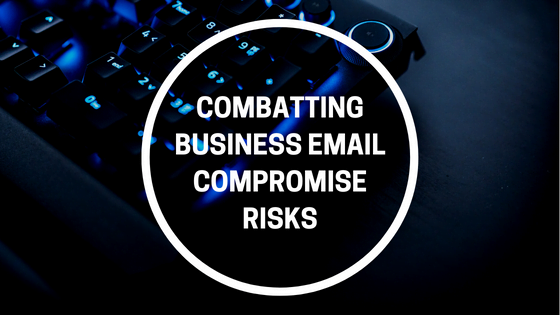Stopping Online Hackers ! Cyberattacks are one of those things that people subconsciously know are happening, but do not fully understand how much, how often and how dangerous they really are.
The numbers are truly astonishing — last year alone, there were over 668 million detected breaches in America, and the year before that there were 1.5 billion breaches. These breaches have the potential to access any of your online information.
That means that if you trust a company with your social security number, debit card or other valuable information and they do not have a strong cybersecurity company or network backing them up, you might as well hand over your identity to a stranger.
Just to break down some of those numbers even more, hypothetically, if you were to take the average amount of actual adults in the United States and divide it by the number of breaches from the past two years, every family member, friend, co-worker and an acquaintance that you know would have had their personal information breached two to three times in 2018 and six times in 2017.
Luckily, if any hacker was after your information and you haven’t had any abnormal activities with your accounts, then you are probably fine.
It is hard to say who those breaches targeted and what effect they had, but we do know that there are hundreds of billions of dollars being usurped from others through cyberattacks. This leads us to the topic of our blog: what is being done to stop hackers and what is the process of stopping their attacks?
Stopping Online Hackers : Full Cybersecurity Process (for SIEM Companies)
No matter how you access your online content, there are points that connect directly to the internet. Usually, companies will set up a firewall or server that is supposed to act as a preventative tactic to stop any malware being sent to the companies devices via email or other ways.
However, through certain social media pages, kids games, or other sites that individuals might access at home or at the office, everyday employees that get on the internet can allow a back-way entrance into their company’s network of devices.
A SIEM cybersecurity company will set up a system to read all the signals going in and out a company’s computers to detect unrecognized ways attackers are still getting in. This is possible by their ability to collect all the event activities that are logged on servers, firewalls, IDS programs and even routers. This will help you stopping online hackers.
Managing events is the first part of a cybersecurity company’s process of eliminating any dangerous threats. They will set up services on all of the important devices of your company’s network — edge devices like the ones already mentioned. There are millions of events that are logged each day but not all of them are dangerous. This is why it is critical to set up a customizable set of rules with the cybersecurity’s program that are tailored specifically to your company’s network.
Setting Rules is the next step of the process and is essentially fine-tuning your network to detect all threats. Each company has a different set of rules as there are hundreds of different threats to detect. The refined rules analyze all of the data that is coming from the events; they must be set to read different threat intelligence feeds, blacklists, configuration information, change tracking, geolocation data and more.
Depending on the specific device types and network search fields, different criteria will be set for your network’s rules. Because the threat environment is constantly changing, these rules are constantly being updated by SIEM cybersecurity companies. Now, once one of these rules finds a dangerous incident from reading all of the event data, there is a report that is made and defensive action that is needed to be made.
Incident reports are submitted anytime specific network activity looks not only abnormal but when the activity seems to present a particular problem (thus, the importance of setting up hundreds of rules that recognize actual problems instead of false positives).
Depending on the severity of the incident, the information that the rules file will either be logged, reported to look at later, or create an important notification for action to be taken immediately by a support team. This is part of the process that is particularly nice to have a cybersecurity company on your team.
They will personally read the dangerous incident reports within minutes of them happening — instead of the days and months that it usually takes for regular companies to recognize a problem — and start working to find a resolution right away.
Notifications that alert the support team will have information that tells what kind of action needs to be taken depending on the specific incident. Once they are able to recognize the issue, they will come up with a detailed plan and inform you and your company of the threat in order to help you come up with an actual solution.
Without a cybersecurity company and their team of experts, you may have a firewall or another preventative system that is set up to stop incoming malware threats, but once it is detected, it is not always reported. When a report is missed, it gives the attacker more time to track more private data from your company and infect more systems within your network.
In addition, without the help and thorough work of a cybersecurity company, you may not know what to do even when you find that there is a problem. The true work of a SIEM cybersecurity company comes in with their process; it’s one thing to see events created by preventative programs and systems, but its another thing to set up customized rules, receive incident reports, and receive notifications from a team of experts. Stopping online hackers becomes much easier with this.





